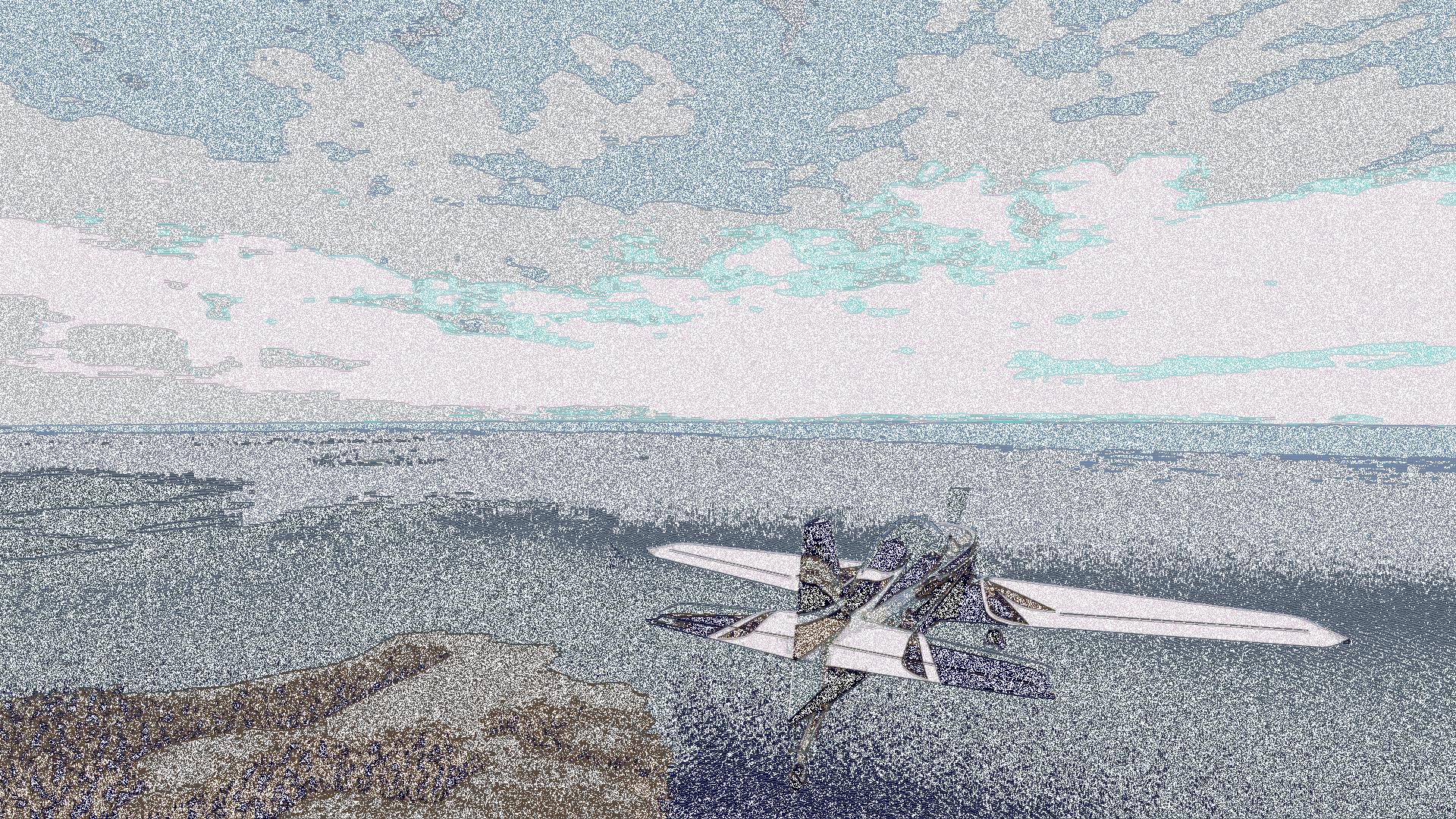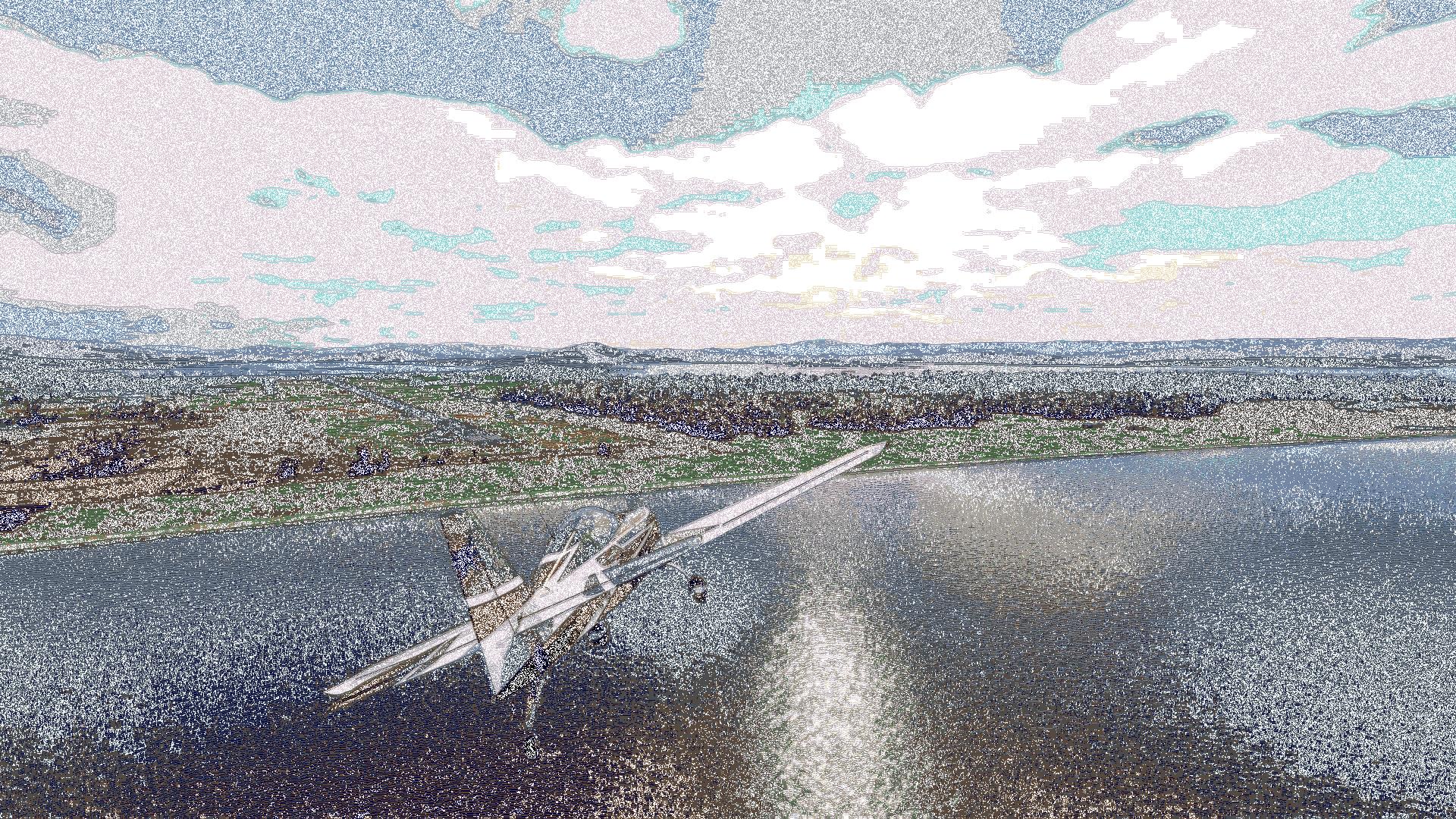Hobart
The end of the trail

Gilgamesh was the king of Uruk in Sumeria a long, long time ago. And he was a bit of a bastard. He didn't treat his subjects all that well, and this is back in the day when that really meant something. So when the people complained to the goddess Aruru, she created a hairy wildman name Enkidu to do battle with him. Smarten him up. But Gilgamesh was tipped off, and sent Enkidu a hooker and some beer. The two became inseperable buddies after this and had some epic adventures together. Beer and hookers can make that happen. But we'll do hookers another day; this story is about beer.
As far back as 13,000 years ago, based on some archeological residue found, it seems that the Natufian people near what is currently Haifa made a kind of beer, likely by accident. It had the consistency of gruel, and while the evidence is somewhat gone at this point it is easy to imagine that a neolithic culture which was just starting to experiment with crops would grow some grain and dry it out for storage. Later they would likely intend to mix it with water and make a nutritious gruel. But neolithic technology being what it was some of the dried grain got wet in storage and started to sprout. Then I can imagine the neolithic Natufians seeing their grain going to waste so they would dry it out again. Problem solved.
Meanwhile, unbeknownst to them, a whole lot of stuff was happening to their grain. The process they just discovered by accident is called malting, and has the result that several enzymes are created within the growing grain. A-amylase and B-amylase would have helped the growing grain shoot convert the starches in its seed into sugar for energy. Proteases help to break down protein, and the shoot was relying on these to help it break free from its seed prison. Sadly, the young shoot was killed in the second drying. But the sugars, and easy access to them through the compromised seed husk remained. Later, when the Natufians made their nutritious gruel they would discover it to be equally nutritious for the yeasts and stuff floating around in the air, and the result would be a kind of beer. In gruel form.
The neolithic Natufian naturopathic nutritionists would notice a few things about this new gruel. One is that it made you stronger. When grains sprout they develop lots of vitamins that weren't there before, and the ones that were are suddenly much easier to digest. The yeast, being somewhere between a plant and an animal, has a lot of B vitamins in it. The end result is the nutritional potency of your gruel is much improved.
They also would have noticed that the new gruel tended to remain edible longer. The longer you left it, the stronger it likely tasted, but it was still edible, and didn't tend to make you sick. And speaking of, sickness in general, and diarrhea in particular, an often fatal affliction, seemed to be on the decline.
And lastly, they would have noticed that eating the new gruel made you happier. There would have been a modest amount of alcohol in it, to be sure, but there would have been far more probiotics. Natural fermentation is as much about "good" bacteria as it is about yeasts, and probiotics enhance the production of serotonin in one's guts, which one's brain interprets as "happy".
Over the years this accidental beer making process was refined somewhat. Certainly by 3500 BC something pretty close to what we would consider beer was being produced - the people in the Zagros mountains of present-day Iran were making their beer concoction out of barley, which has a lot of starch in it. By that time, bouza
, a beer-like drink made out of barley and bread, was
being given in large quantities to the labourers building the pyramids in ancient Egypt. It tended to keep them on their feet moreso than untreated Nile water. They say that whoever drinks from the Nile will return to Egypt. It's more likely they'll never leave, because they will surely develop amoebic dysentery and die.
Beer-like fermented drinks spread all around the known world, although calling some of them "beer" might be a bit of a stretch. The early Germanic and Celtic people had a form of beer that might today be considered mead. It would contain lots of things such as fruit, honey, spices and the odd narcotic herb. But at the end of the dark ages, more or less, in Europe, beer production was in full swing.
The making of beer - technically ale - was typically left to the women along with the making of bread, the same thing really. If they sold a little on the side they were considered an Alewife, a noble profession. It was these alewives and just regular wives making ale that likely brought Europe out of any number of plagues, as boiling was a part of the process of making Ale, which would then go off quickly, much like bread. So every week people had freshly baked bread to eat and freshly boiled ale to drink, which they preferred to the open-sewer-and-dead-animal taste of regular water. I mean, people still drank water if they had to, but in the words of Aelfric of Eynsham in his Colloquy to the novice monks, "Ale if I have any, or water, if I have no ale.". Only in Latin.
The home production of Ale in England in the 1300s would be something like this, for two and a half gallons of weak ale. At that time it was not uncommon for an adult man to drink one or two gallons of ale per day:
1) Get 13 quarts water boiling.
2) Crush 4 2/3 pounds malt and mix with 1 1/2 pounds rolled oats.
3) Pour two quarts of boiled water into brewing vessel from a height, in order to cool it off.
4) Add all of the dry grain.
5) Slowly pour in three more quarts boiled water. Cover and let stand 10 minutes.
6) Add one more quart boiled water. Cover and let stand 20 minutes.
7) Take off the lid and stir. It will be a gooey mess. Replace the lid and let stand for some hours.
8) Add three more quarts boiled water and stir. Replace the lid and wait 25 minutes.
9) Add remaining boiled water and stir well.
10) Strain liquid into a fermentation vessel. Cover and leave overnight.
11) Give your spent grain to the chickens or the pigs.
12) You can't afford either chickens or pigs.
13) So you'll end up eating it yourself.
14) Pitch the wort - that means add some of the mystery goo from the last batch that makes everything bubble. Then stir like crazy to get some air into the mixture.
15) Let the ale ferment for a day, and then add any flavourings. Oak chip tea perhaps; maybe some gruit, a mixture of herbs that had some preserving effect.
16) A couple of days later and you're good to go with some fresh ale.
And don't forget to save some of the mystery goo from this batch for the next batch. But only if you are happy with this batch. This will make the yeasts you are using adapt to making you happy. Over the years they will lose their ability to reproduce naturally and will rely upon being added to the next batch of beer in order to survive, much like a sourdough starter. Oh, and don't forget to drink the ale in a timely manner. I mean, you're not likely to forget this step, but the fact is, home-made ale in the 1300s would go off fairly quickly. It was basically liquid porridge.
By the 1500s the Low Countries (the Netherlands, Flanders and/or Belgica, what's in a name) introduced hopped beer. It kept longer and was easier to transport, so was therefore suited to larger scale production. That meant men had to make it because women weren't supposed to have real jobs. So making beer became a male thing. The introduction of hops into the recipe, and therefore removing gruit, had the extra advantage of pissing off the Catholic church, who had a monopoly on gruit.
Meanwhile, Bavaria was getting skin in the game. The famous Reinheitsgebot, or Bavarian Purity Law of 1516, stated that only barley, hops and water could be used in the making of beer. In an effort to protect Bavarians from spoiled beer, the Duke also passed a law forbidding the brewing of beer in the summer. So beer makers started brewing their beer in deep underground caverns, where they could store the beer together with winter-cut ice to keep it fresh throughout the summer months. This had the effect of mutating the yeast into lager yeast, after lagern, to store. Lager yeast is heavy and settles out on the bottom of whatever you're brewing it in, and it outcompetes spoilage organisms in the colder environment. The end result is that lager keeps even longer than hopped ale and lends itself even more to being brewed for large crowds. So much so that the term beer came to apply exclusively to lager, and not ale. The age of large-scale commercial breweries had begun. Which brings us to Hobart-town.
The penal colony at the River Derwent in the south of Tasmania had started up in 1803 followed a year later by a little town to support it, Hobart-town. This was immediately followed by several small breweries, because people labouring in the heat generally want something wet and cool that can keep you on your feet. But brewing was banned in 1806 due to a grain shortage, and that meant people had to rely on imported gin, rum and brandy to satisfy their thirsts. The drinking dens and sly-grog shops started causing a horrible social problem. So by 1816 brewing was not only allowed again but encouraged, and the Hobart Town Gazette ran a guide to hop growing and declared "What sums of money would be left in the Colony, or applied to other uses, was Ale and Beer the general Beverage? What excesses would be avoided, and Crimes less likely to be commited?". And then there was an oversupply of grain in 1819 and that's when the brewing industry really took off.
By the mid 1820s Hobart-town had 10,000 thirsty residents, 55 licensed pubs and six big breweries - Gatehouse's New Town Brewery, the Tasman Brewery (makers of the popular Tasman's Stingo), the Derwent Brewery, Presnell's Brewery, Gorringe's Brewery and the Hobart Town Brewery. And then came the Cascade Brewery.
Hobart-town and its penal colony were situated on the River Derwent, a large river and port. In its catchment the Derwent has many creeks, and one of them is the Hobart Rivulet. It starts life far up the slopes of Mt. Wellington and then flows generally northeast over O'Grady's Falls and Strickland Falls (the cascades) before then flowing past the Cascades Female Factory (a prison for women) and then through Hobart-town proper. On its way it gets progressively more polluted, resulting in several typhoid epidemics over the years. But the water is always pure and clean upstream from Hobart-town, towards the Cascade Estate. It was on this estate in 1824 that Macintosh and Degraves Sawmills was established. Macintosh was a retired East India Company officer, and Degraves, his brother-in-law, was a ne'er-do-well. He was an undischarged bankrupt and convicted thief back home who took the unusual step of travelling to Hobart by himself before being sent there. Probably the accomodations for the journey were better this way; in any event he was discovered two years later and sent all the way down the rivulet to the penal colony to serve his five year sentence.
Meanwhile the sawmill was doing great with Macinstosh and two of Degraves' sons running the show. A little brewery they had also started on the site didn't really do much until Degraves senior was released. Degraves then found his calling: it was beer. Between the sawmill and the ever-expanding brewery, the Cascade Estate was quite the going concern when Macintosh died two years later, leaving his half of the estate to his son in India. Of course, Degraves immediately offered to buy out the son, but somehow never quite got around to it. The son died penniless in 1840, whereas Degraves and his sons were sitting on a growing fortune.
Ten years later there were over 40 breweries in the Hobart area. But the favourite beers were from Cascade, which made its wares with Mt. Wellington spring water flowing down the Hobart Rivulet. The brewery had become so succesfull that Degraves was exporting his ale to Sydney in his own ships. By 1882, Degraves senior had gone on to his final reward and so had his sons, without heirs. So a Victorian gentleman by the name of John Syme aquired the business. Then he started buying up the competition and that is when the Cascade Brewery really took off. If you were a brewer in Hobart-town, later just Hobart, you were probably under the thrall of the Cascade Brewery.
But not if you were from Launceston in the north. James Boag, a crotchety Scot, moved to Launceston and established his own brewery there a year before Cascade began buying up the competition. But he wasn't for sale. There arose quite a rivalry, with northern Tasmanians swearing by Boags and southern by Cascade. Something like the cola wars. And just like the cola wars, it was all a marketing ploy. Boag and Cascade had merged by 1922 into the Tasmanian Breweries, but continued to operate independently and the rivalry amongst beer drinkers raged on, to the delight of both sides.
Nowadays, Boag and Cascade are by far the biggest players. They have both changed hands a few times and you'd really need a forensic accountant to determine who really owns them, but let's just say Big Beer. And that paves the way for Little Beer. Today, in Tasmania, there are more than twenty breweries, the exact number being hard to pin down because they keep popping up and disappearing. And according to the Crafty Pint, at least nine of them are right in Hobart. So let's go get a drop of the amber nectar.
 Tasmania grows a lot of berries, beans, potatoes, and, of course, apples. And sheep. Tasmanians are accused of being apple-eaters by the polite rest of Australia. Sheep-shaggers by bogans. They have two heads according to the ones who did not major in either anthropology or biology. While I suspect the average Tasmanian does, in fact, eat apples, I have my doubts about the other things people say about Tasmanians.
Tasmania grows a lot of berries, beans, potatoes, and, of course, apples. And sheep. Tasmanians are accused of being apple-eaters by the polite rest of Australia. Sheep-shaggers by bogans. They have two heads according to the ones who did not major in either anthropology or biology. While I suspect the average Tasmanian does, in fact, eat apples, I have my doubts about the other things people say about Tasmanians.
|
 And that's it for me for today. Time to get a brewery tour organized, since we're in Hobart.
And that's it for me for today. Time to get a brewery tour organized, since we're in Hobart.
|

|